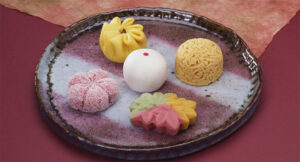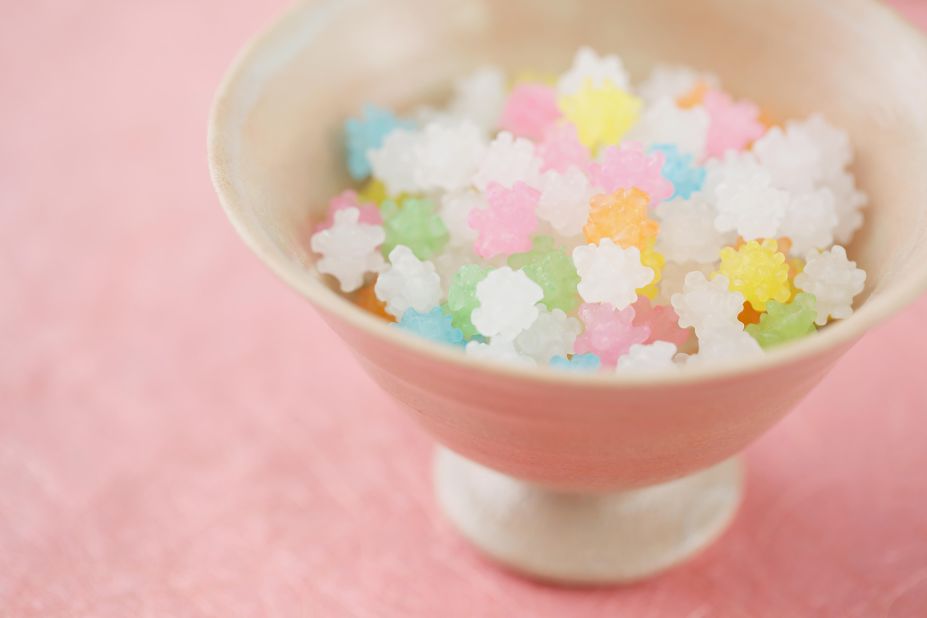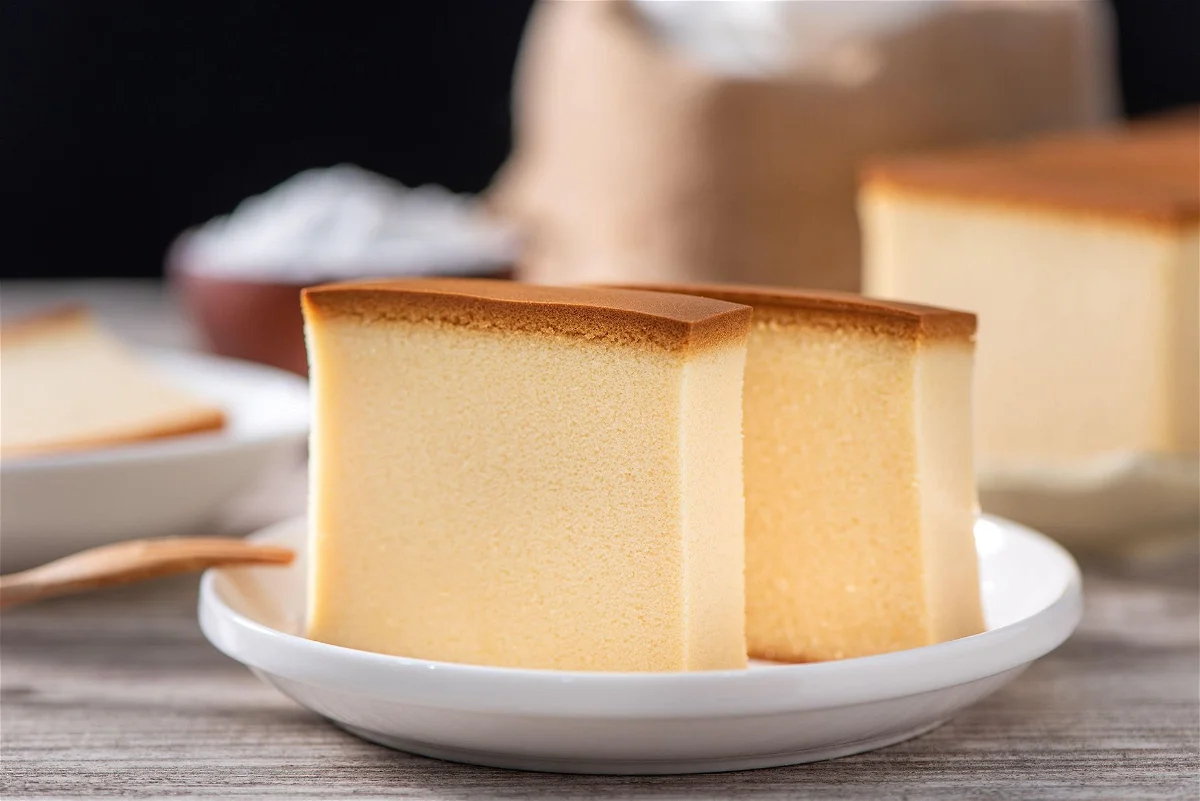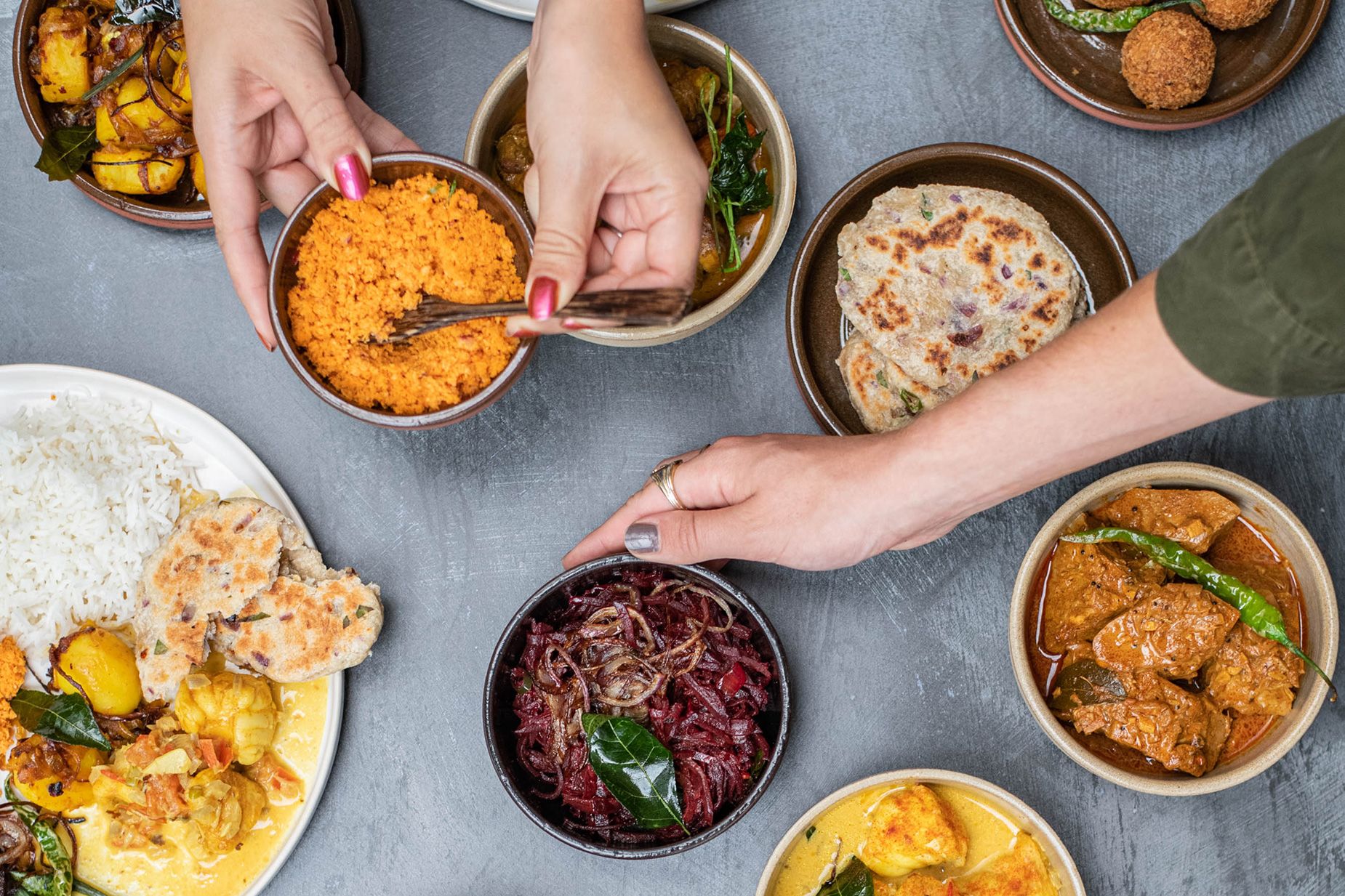Sugary revolution. Legend has it that some Portuguese monks were cruising to Macao but got caught in a storm and landed in Nagasaki, Japan, instead. Lucky for Japan, ’cause these folks brought along something game-changing—sugar. Back in the 16th century, Nagasaki was the foreign trade hotspot in Japan, and it developed a serious craving for sweets.
Wagashi Wonders from Kyushu
Many of Japan’s much-loved sweets, known as wagashi, trace their roots back to Kyushu. Take castella, for example—a pound cake with a Portuguese touch but Japanese flair thanks to mizuame syrup, made from sticky rice. And if you’re after the best, Fukusaya’s your go-to. This cake shop, born in Nagasaki in 1624, nails the castella game.

Castella Craze and Dorayaki Delights
Fukusaya’s castella isn’t just any cake; it’s cut into cute cubes, wrapped up all pretty, and packed into gift boxes. But hold up, castella isn’t only rocking the cake scene. It sneaks into dorayaki too—a thinner version sandwiching sweet red bean paste, giving it that European-meets-Japanese twist.
Japan’s Take on European Treats
Macarons took a detour in Japan. They’re called makaron here and swap almond flour for peanut flour, often flaunting traditional Japanese flavors like green tea or red bean. Michele Abbatemarco, pastry chef at the Four Seasons Tokyo, reckons the Japanese have a soft spot for European pastries, especially the French ones.
East Meets West: Kitajima’s Fusion Sweets
Sugary revolution. Kitajima, a Kyushu gem, crafts treats blending Europe and Japan. Think Portuguese-inspired marubolo cookies, French-style madeleines jazzed up with walnuts, and Margaret cakes—a floral-looking delight made with almond flour.
Konpeito: Tiny, Priceless Gems
Ever seen those adorable star or flower-shaped candies? That’s konpeito, and they’ve got a backstory. Their roots trace back to a Portuguese candy called confeito, which was a luxury back in the day when sugar cost a fortune. Even a small treat was a big deal.
Royal Treats and Tradition
Konpeito’s got connections to Japan’s royal fam. Guests visiting the Imperial family, like big-shot royals and heads of state, get lavish sterling silver candy boxes called bonbonnieres as fancy gifts. Inside? You guessed it—konpeito. And they’re made by a top-notch Tokyo silversmith, Miyamoto Shoko, decked out with the royal chrysanthemum emblem.
Back to the Roots
Some chefs in Japan are on a mission to revive the old-school local goodies before sugar took over. Take Abbatemarco, for example. At Est, his Michelin-starred French joint, he’s serving up petits fours flavored with rare honeys that were the sweet deal before sugar became the star.
Sweet Future, Sweet Tooths
Times have changed, and ships aren’t sailing in like before, but the love for sweets in Japan is unwavering. Chefs are bringing back forgotten flavors, honoring Japan’s small producers, and giving guests a taste of history while keeping the sweet treats flowing.



